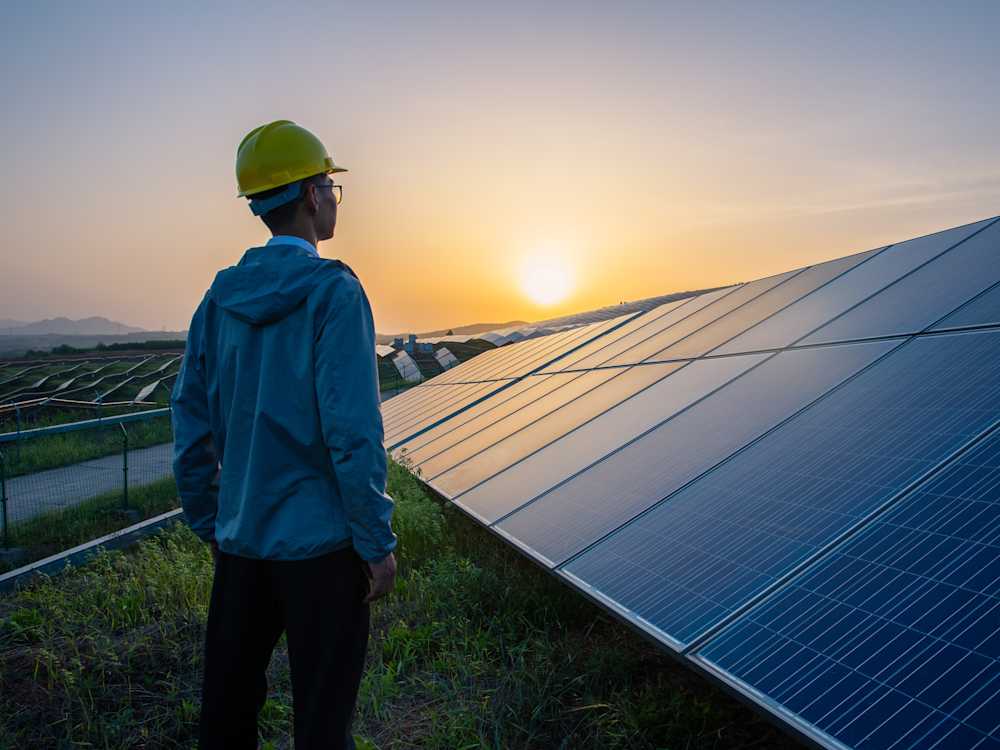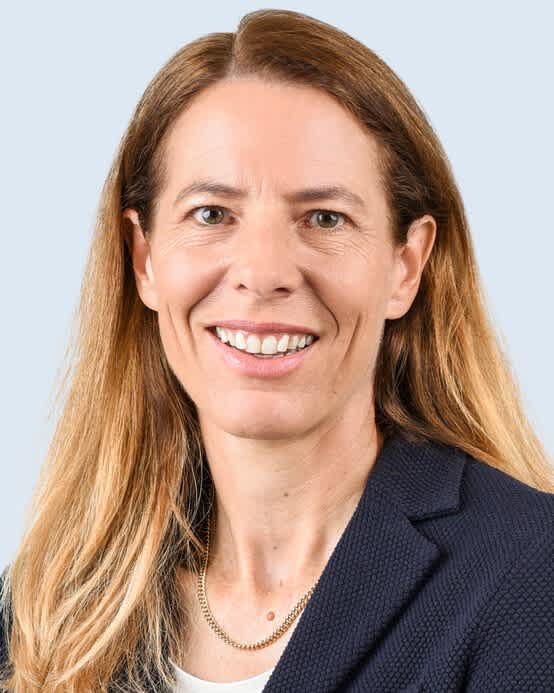5 insights from the field
Accelerating Climate Finance in Asia

As emerging economies in Asia continue to attract global attention for their role in both contributing to and experiencing the effects of climate change, two of our Climate Finance experts sat down to discuss their own experiences in the region. According to Sameer Tirkar, Principal, Climate Finance, and Antonia Schaeli, Deputy Head of Direct Investments, Climate Finance, the transition to net-zero emissions in Asia could pick up speed if investors take five region-specific considerations into account. This exchange has been edited for length and clarity.
Increasing momentum behind climate solutions

Sameer Tirkar, Principal, Climate Finance at responsAbility
"There is definitely growing momentum in the region right now behind climate-friendly technologies. As the majority of new CO2 emissions come from emerging economies, it’s important to come up with solutions that can limit the amount of CO2 emissions. Asian countries are also among the world’s most vulnerable regions with large, increasing populations exposed to high and often extreme climate risks. To achieve impact at scale, I think it’s imperative for Asia to be one of the key regions of focus for climate investments."

Antonia Schaeli, Deputy Head of Direct Investments, Climate Finance at responsAbility
"Since Asia is made up of many fast-growing economies, there is also massive demand for increased energy supply. It’s really important that we focus on making the additions as green as possible. Governments are looking into how they can actually move forward and incorporate a higher percentage of renewable energy in the mix. Many corporate manufacturers and industrial players also have strong sustainability goals. The provision of tailored private debt can be an effective way to support this transition to renewable energy."
Technology first
Sameer Tirkar: "Successful climate finance businesses will be built on the back of new technologies. A lot of the newer technologies are in the pilot stage, so they have to deliver for people to widely accept them. And because you need products people can trust, you need to test the products’ performance in real market scenarios. For example, it took some time for consumers to accept that they could replace part of their energy consumption with renewable energy without impacting their business. So before we talk about economics, the technology should be stable enough for people to be willing to invest and support its growth."
Antonia Schaeli: "At the same time, there are entrepreneurs who are completely passionate about doing something about climate change. They are passionate about the technology and see an opportunity to make an impact by deploying it. In our experience, supporting these entrepreneurs means providing a more balanced approach to the economics of their businesses."
Flexible funding
Sameer Tirkar: "The new climate technologies need to develop a dynamic business model and require a lot of flexibility in capital. For example, you cannot use a traditional project finance approach for a small C&I project that generates 1-2 megawatts. If you set up structures that are scalable, you can then attract more capital to the sector as more participants look to replicate the approach. If the goal is to tap into new businesses and help them achieve scale, you need to be able to work with early-stage companies and structure deals in a way that is operationally lean."
Antonia Schaeli: "This ties in with the importance of a very hands-on approach. If you are close to the markets and investees, you know intrinsically what the requirements of these businesses are – and this obviously helps you respond to the financing needs. We know that our experience in structuring these types of private debt transactions has also fueled our reach across emerging markets in other regions."
Capacity building and internal advisory
Sameer Tirkar: "First of all, it’s a big advantage to have local and regional presence to understand the different markets and how they operate – not everything is homogenous. This is also where a strong technical assistance team can help to build capacity within investee companies. The approach cannot only be about making investments, but to rely on our in-house expertise to help identify gaps and provide solutions to further strengthen the businesses. In-house expertise ranges from understanding various energy markets, evaluation of business models and technological risk in the investments."
Antonia Schaeli: "I remember when we had just entered the C&I solar space. With the support of advisors, we structured the transactions in a way that was acceptable to our credit team and, at the same time, a cost-effective solution for the client. The approach is now accepted by all market participants and is being replicated by commercial lenders. What it does is unleash more investment in a capital-intense sector."
The potential for meaningful impact
Antonia Schaeli: "We aim to deploy our capital in a very impactful way. It might be a drop in the ocean in terms of the capital required to advance the climate agenda, but it’s opening up other types of transactions for new business models and setting a track record. There are still challenges, such as low awareness, the regulatory and administrative side, and of course macro shocks. But this entire segment has seen good traction – and we personally have seen the enormous change that such investments can bring to everyday life."
Sameer Tirkar: "It��’s true that access to reliable electricity impacts the behavior of people and corporates in multiple ways. It has the potential to create real and positive impact for society. I can say that most of the companies we work with are very passionate about their business and the impact they want to achieve, which is ultimately what we look for. The fact is, there are many more interesting technologies out there that need wider adoption. We’ve had a good start, but there is so much more to do."

